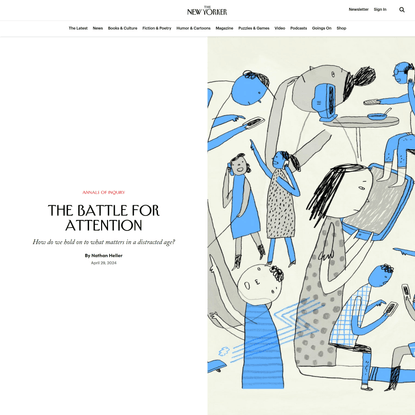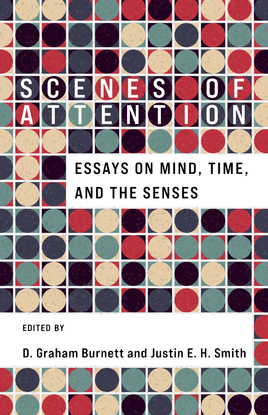I want to suggest that part of what makes the conversation about attention right now oh-so-difficult and so important is that secreted within that term are in fact two very different projects bumping up against each other.
In a laboratory you use instruments. As it turns out, if you use instruments to get at a thing called “attention”, you end up finding an instrumentalized form of attention. Is that form of attention real? Absolutely. In fact, the technologies for making it real are powerful: you can quantify it, you can place it in evidence experimentally... Is it part of what’s in that sort of worker conception of attention that you invoked? Yes as it happens it is, but that other thing that you’re calling in when you talk about meditation, when you talk about awareness, when we invoke the experience of being: the kind of ecstasy that can come with a certain durational flow of immersion in a person, a conversation, a book, the experience of reading an object... That comes from a different place. It’s also in the language of attention and it has its own separate history.
If you want to see both of those operating now, let me give you two recent theorists of attention, both very prominent, whose accounts of what attention is are absolutely contradictory. Perfectly paradoxical, but both interestingly true.
Two biz school theorists, Davenport and Beck, do a book called The Attention Economy, I think in 2001 — they don’t actually coin the phrase, but they’re responsible for its exploding into the collective conversation. How do they define attention in that book? They say: “attention is what triggers–catalyzes–awareness into action”. Attention is what catalyzes awareness into action.
A definition that couldn’t be more different: the recently deceased French philosopher Bernard Stiegler, in a beautiful and difficult book called Taking Care of the Youth and the Generations, centers that book on attention. What does he say attention is? He says attention — playing with the attendre in French — is waiting. The exact opposite of my catalytic triggering–it’s waiting. It’s in fact for him infinite waiting. And what are you waiting on when you attend to an object, wait on it? He says you are waiting on the disclosure of the long webs of connectedness that are in the object. Which long webs of connectedness are a mirroring of the rich, long webs of connectedness that are in you.
So let’s imagine for a second that there was a painting on the wall of this studio, and you and I were looking at it together. We might look at that painting —it might be let’s say a religious icon or something — and you and I would bring to the experience of looking at it what we have: we would notice colors, we would think about other images like it that we might have seen, we would think about the other images that might not be here but could be, or the other symbolic things that are in it... and as we experience that web of things that are in the image, we’d really be seeing a long web of connectedness that’s in ourselves. So for Steigler attention is waiting on the disclosure of those long webs of connectedness which are a mirroring of our own infinitude in the world.
Attention: infinite waiting. Attention: triggering. Sharp contrast.
— D. Graham Burnett, on The Ezra Klein Show

